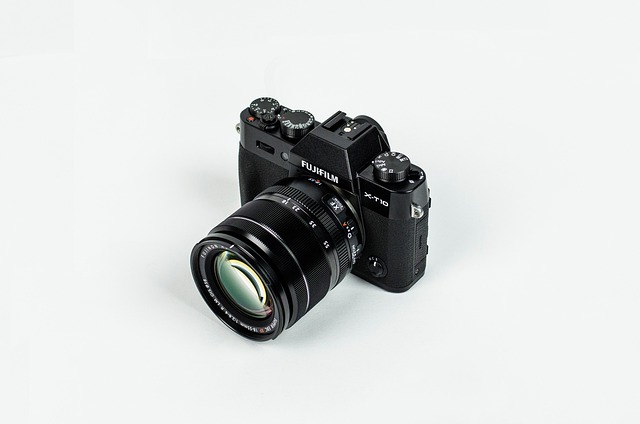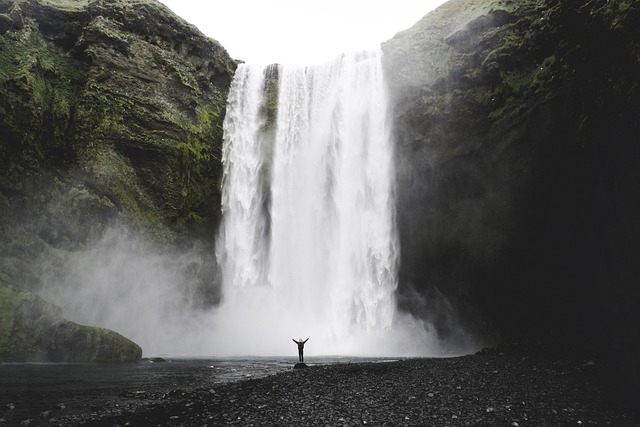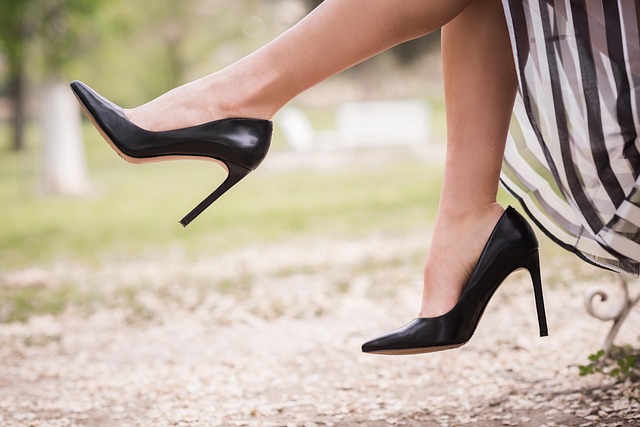
DSLR Cameras
Digital Single-Lens Reflex (DSLR) cameras have become a popular choice among photographers, both amateur and professional. Their unique design and capabilities offer a range of features that can enhance the photography experience. This guide will explore the essential aspects of DSLR cameras, helping you make informed decisions whether you are considering purchasing one or simply want to understand their functionality better.
What is a DSLR Camera?
A DSLR camera combines the optics and mechanics of traditional single-lens reflex cameras with digital imaging technology. This allows photographers to see exactly what they are capturing through the lens, thanks to a mirror mechanism that reflects light into an optical viewfinder. When the shutter button is pressed, the mirror flips up, allowing light to hit the image sensor, capturing the photograph.
Key Features of DSLR Cameras
- Interchangeable Lenses: One of the standout features of DSLR cameras is the ability to swap out lenses. This flexibility allows photographers to choose the best lens for their specific needs, whether they are shooting landscapes, portraits, or macro photography.
- Image Quality: DSLRs typically provide superior image quality compared to point-and-shoot cameras. The larger image sensors in DSLRs capture more light, resulting in better detail and color accuracy.
- Manual Controls: For those who want to take full control of their photography, DSLRs offer extensive manual settings. Photographers can adjust exposure, aperture, and shutter speed to achieve the desired effect.
- Durability: Many DSLR cameras are built to withstand various environmental conditions, making them suitable for outdoor photography and challenging situations.
Choosing the Right DSLR Camera
When selecting a DSLR camera, it’s essential to consider several factors:
- Budget: Determine how much you are willing to spend. Remember that the camera body is just part of the total cost; lenses and accessories can add up quickly.
- Camera Body: Research different models to find one that feels comfortable in your hands and meets your specific needs. Some models are more compact, while others are designed for professional use.
- Lenses: Investigate the types of lenses available for the camera you are considering. Different lenses can significantly impact your photography, so it’s worth exploring options.
- Additional Accessories: Don’t forget to budget for essential accessories such as tripods, camera bags, and external flashes. These can enhance your photography experience and help you achieve better results.
DSLR vs. Mirrorless Cameras
As you explore the world of photography, you may come across mirrorless cameras, which have gained popularity in recent years. While both DSLRs and mirrorless cameras have their advantages, they cater to different preferences. DSLRs are often favored by professional photographers due to their robust build and extensive lens options. In contrast, mirrorless cameras tend to be lighter and more compact, appealing to those who prioritize portability.
Conclusion
DSLR cameras offer a wealth of features that can enhance your photography journey. With their interchangeable lenses, superior image quality, and manual controls, they provide a versatile platform for capturing stunning images. Whether you are a beginner or an experienced photographer, understanding the key aspects of DSLR cameras will help you make informed choices and elevate your photography skills.

















 Confidence Intervals
Confidence Intervals 
 Health
Health  Fitness
Fitness  Lifestyle
Lifestyle  Tech
Tech  Travel
Travel  Food
Food  Education
Education  Parenting
Parenting  Career & Work
Career & Work  Hobbies
Hobbies  Wellness
Wellness  Beauty
Beauty  Cars
Cars  Art
Art  Science
Science  Culture
Culture  Books
Books  Music
Music  Movies
Movies  Gaming
Gaming  Sports
Sports  Nature
Nature  Home & Garden
Home & Garden  Business & Finance
Business & Finance  Relationships
Relationships  Pets
Pets  Shopping
Shopping  Mindset & Inspiration
Mindset & Inspiration  Environment
Environment  Gadgets
Gadgets  Politics
Politics 